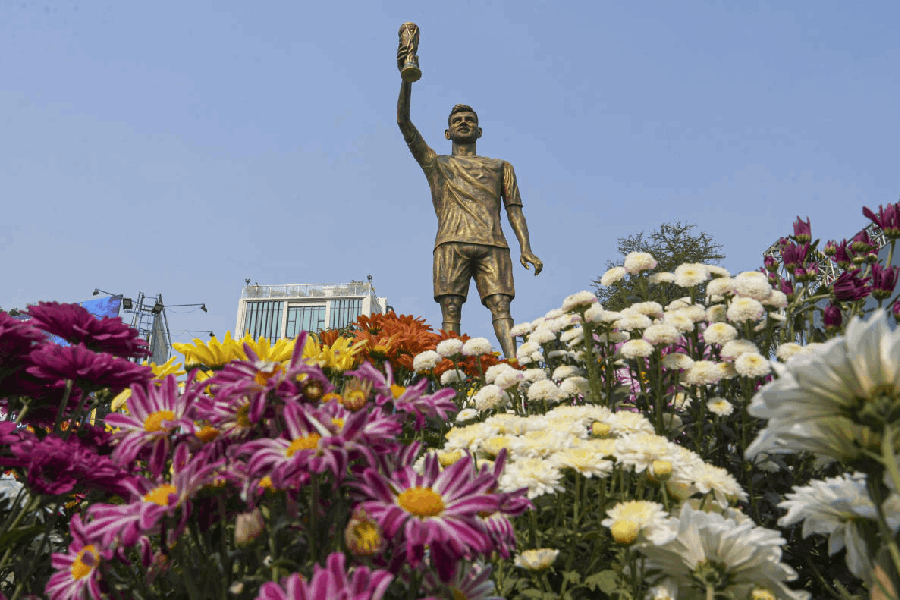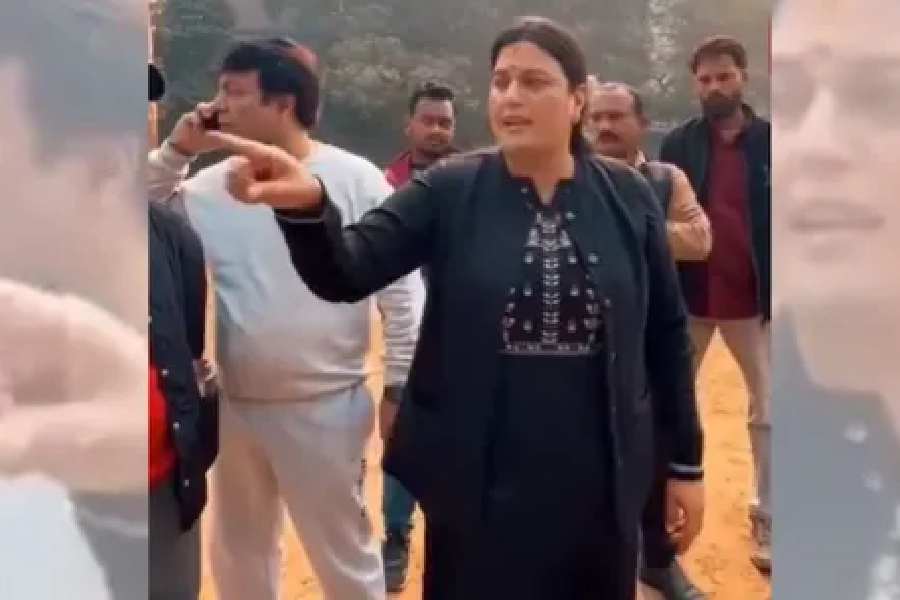|
|
| New subjects |
Growing up and away: Narratives of Indian Childhoods: Memory, History, Identity By Vijayalakshmi Balakrishnan, Oxford, Rs 695
The protection of children’s rights has figured prominently in the discourses of social scientists in the last 30 years. The prevention of child labour and the universalization of primary education top the agenda. The public sphere in India where these discourses take place comprises a wide range of interests and standpoints. It involves scholars, development practitioners as well as independent social activists. The issues related to children and childhoods in India bear the mark of a very distinctive Indian reality, still carrying the burden of a colonial past and the memory of Partition.
The book under review is a well-researched attempt to explore the relationship between the State and the child in post- Independence and post-Partition India, especially with regard to ‘the unwanted child’. During Partition, a large number of women on both sides of the border were abducted and raped. While these women were restored to their respective countries, their families had serious reservations about the children born to them. The physical presence of these children was a constant reminder of a traumatic event. Also, as Urvashi Butalia pointed out in The Other Side of Silence, they were looked upon as entities in whom “the blood of two religions was mixed in equal quantities”. The State became their only custodian and had to perform the role of a family. There were others who were simply left behind by the fleeing families, children with dissolved family ties and children who could not be homogenized in their respective families and communities.
The post-Partition narrative of Indian nationhood is interspersed with chilling silences about these children. The book seeks to address this, and to chart out interpretations of the State-child relationship which came up in parliamentary debates, and were reflected in constitutional clauses as well as in the speeches of nationalist leaders. For example, the author points out that the issue of unwanted children revolved around two debates — of guardianship and of legitimacy. One debate about guardianship, raised by Pandit Thakur Das Bhargava in Parliament, questioned the provision of the abducted persons bill which treated the child as “an adjunct of the mother, when in reality, ‘children born in India are citizens of India’”. These debates make it clear that the parameters to define the identity of unwanted children are fiercely contested. Balakrishnan puts it succinctly: “These... stories locate the narrative of the unwanted child at the intersection of family, community, and nation-State, suggesting that identities are at once fixed, fluid, and malleable”.
Another important point that Balakrishnan highlights is the public association of the title of ‘chacha’ with Jawaharlal Nehru, which invested his image as the political head of State with an emotional bond usually underlying family relationships. This was one way of the State reaching beyond its boundary and overlapping with the familial space, deriving authority and legitimacy from the institution of the family in matters of child care.
The book justifiably concentrates mostly on the issue of unwanted children — especially the children of abducted women, orphaned children and the ‘invisible’ children who were claimed for their property but whose care was ignored. In the frames that have emerged, children are viewed as new subjects, as “entities in their own right and also as the anchor in the nation-building project”. The State’s acknowledgement of children as ‘mini-adults’ and demands for recognizing them as a distinct interest group have led to the intensification of child rights activities and movements.
Balakrishnan analyses competing discourses and their implications. She leaves readers to judge whether Thomas Hobbes’s model of the ‘minimalist’ State or Hugo Grotius’ model of the interventionist/paternalistic State as an embodiment of ‘collective responsibility’ is more viable in defining the child-State relationship in contemporary India.











